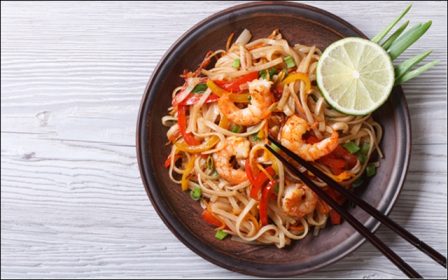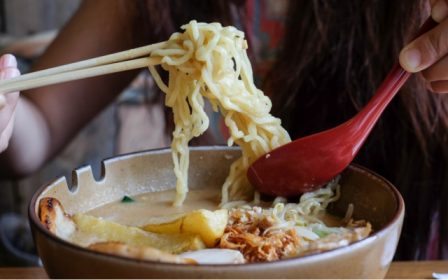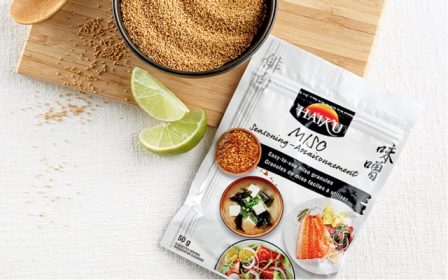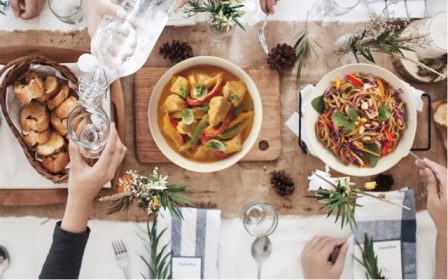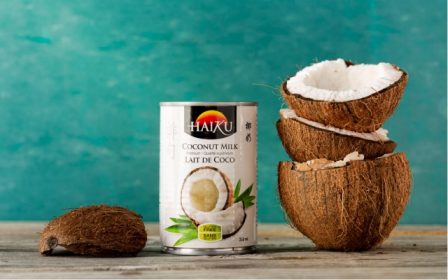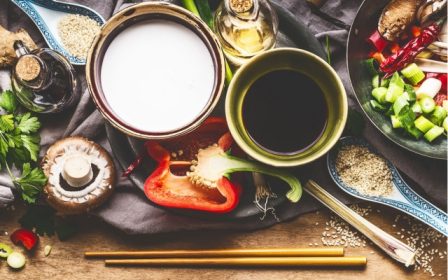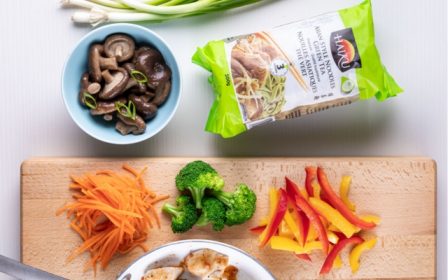From Vietnamese soups to Japanese sushi to Thai stir-fries, Asian cuisine has something for every palate. While Asian culinary traditions share some things in common, every region has its own signature flavours, dishes and techniques. Read on for a culinary tour of Asia right from home.
China
In the Western world, when many people think of Asian food, it’s Chinese food that most immediately comes to mind. From Peking duck to imperial rolls and wonton soup, many Chinese dishes can be found on menus across North America. The Chinese culinary tradition draws on the philosophy of yin and yang, meaning that ingredients with opposing qualities are combined to create a perfectly balanced dish. “Yin” ingredients are fresh foods like fruits and vegetables, while “yang” ingredients include meats, fried foods and spices. Chinese cooking also seeks to create harmony between sweet, sour, salty, bitter and spicy. No wonder Chinese food abounds with so many amazing flavours and textures!Japan
Japanese cuisine can be summed up in a word: refinement. Healthy and balanced, Japanese dishes often include rice, fish, seaweed and raw ingredients. A prime example of this is sushi. Also central to this tradition is umami, the “fifth flavour.” Miso, a fermented soy paste, is often used to add umami flavour to traditional dishes. Fried foods are slightly less common, but still feature on the menu: battered shrimp, pork tonkatsu and chicken katsu, to name but a few. Panko, super light, delightfully crispy breadcrumbs, keep fried foods on the lighter side.Thailand
Thai cuisine packs a punch! Thai dishes rely heavily on flavour powerhouses like chili peppers, curry, lemongrass, basil and coriander. Noodles, vermicelli and rice are common bases for dishes like tom yum soup and the iconic pad Thai. Coconut milk is also a staple of Thai cooking. You can find it in soups, stir-fries, curries, and desserts like mango sticky rice, a beloved iconic dish.Vietnam
In Vietnam, eating is a social activity. Dishes are often served family-style instead of as individual portions. Typical ingredients include herbs and spices like coriander, thai basil, chives and star anise; aromatics like ginger and roasted onions; and vegetables like mushrooms, asparagus, bean sprouts and carrots. The national dish, pho, is a hearty soup with meat, vegetables and vermicelli and a perfect example of the mix of flavours that characterize Vietnamese cooking.Ready to set off for adventure right from your kitchen? Stock up on our authentic, high quality products and browse our simple and delicious recipes.





